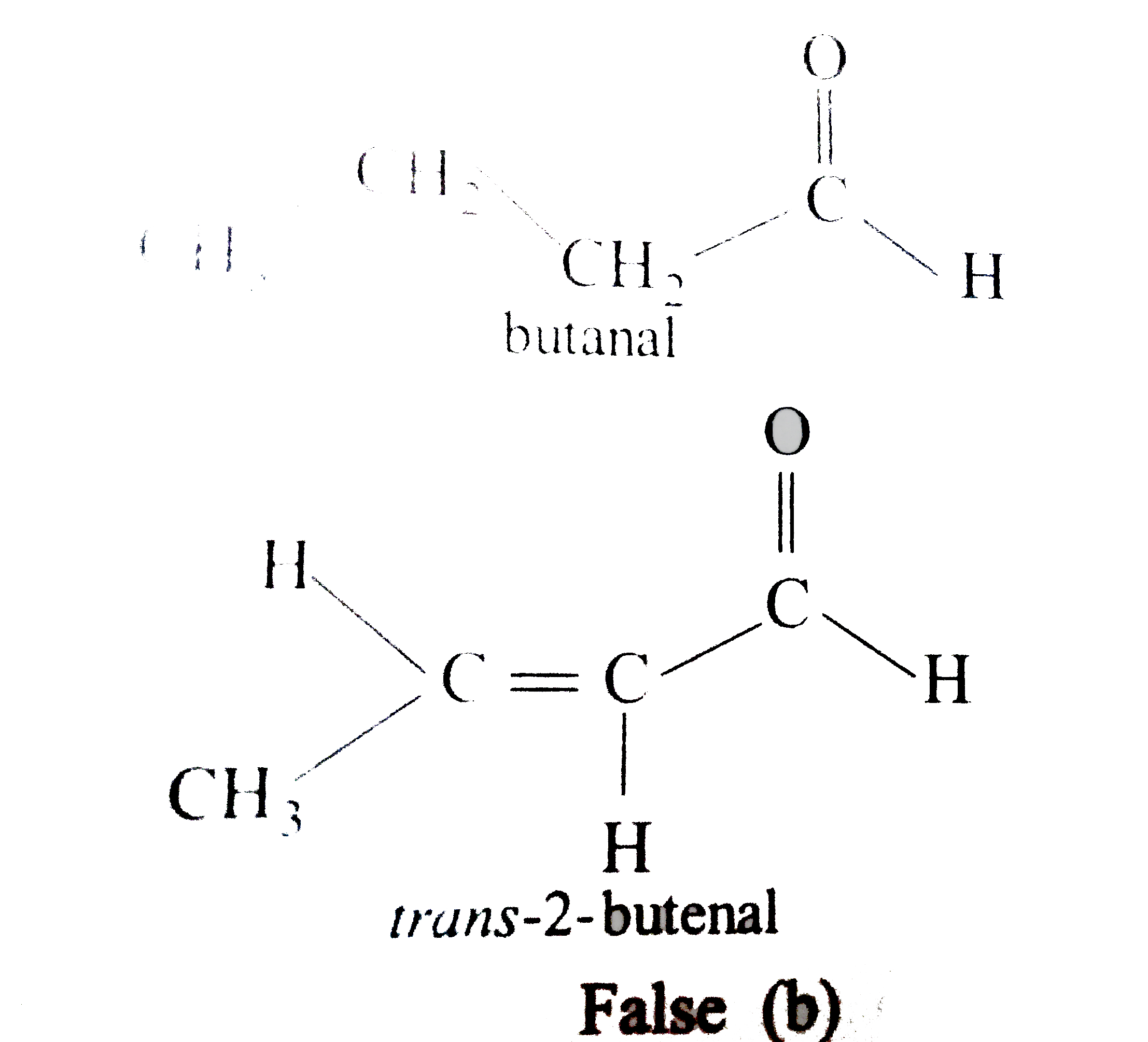The electronegativity difference between two atoms A and B is 2, then percentage of covalent character in the molecule is
54%
46%
23%
72%
(a) If the electronegativity difference between two atoms A and B is 2.0, then the percentage of convalent character in the molecule is 54%.
Topper's Solved these Questions
Similar Questions
For a covalent bond to form between two atoms A and B.
View SolutionA polar covalent bond is formed between the two elements of different electronegativies. The polarity of a bond depends on the electronegativity difference, the boiling atoms and also on the shape of the molecule.
A-B Let xA and xB are the electronegativites of bonding atoms A and B then, percentage ionic character of the bond can be calculated, as
% ionic character =21|xA−xB|+3.5|xA−xB|2 Dipole moment of the bond (μ) depends on the bond length and the polarity of the bond.
μ=q×d
Here, q = charge of the dipoles
d = bond length
It is observed that the dipole moment increases with increase in the inductive effect. Answer the following questions as indicated: Select code (a) if the statement is true and code (b) if the statement is false.
Dipole moment of trans-2 butenal is greater than butanal:

True (a) False(b)
View Solution
Knowledge Check
The electronegativity difference between two atoms A and B is 2, then percentage of covalent character in the molecule is
A0.54B0.46C0.23D0.72If the electronegativity difference between bonding atoms is 1.7 then the chemical bond is nearly
A50% ionicB100% ionicC100% covalentDPredominantly ionicIf the electronegativity difference between bonding atoms is 1.7 then the chemical bond is nearly
A50% ionicB100% ionicC100% covalentDPredominantly ionic
A polar covalent bond is formed between the two elements of different electronegativies. The polarity of a bond depends on the electronegativity difference, the boiling atoms and also on the shape of the molecule.
A-B Let xA and xB are the electronegativites of bonding atoms A and B then, percentage ionic character of the bond can be calculated, as
% ionic character =21|xA−xB|+3.5|xA−xB|2 Dipole moment of the bond (μ) depends on the bond length and the polarity of the bond.
μ=q×d
Here, q = charge of the dipoles
d = bond length
It is observed that the dipole moment increases with increase in the inductive effect. Answer the following questions as indicated: Select code (a) if the statement is true and code (b) if the statement is false.
Dipole moment of methyl alcohol is less than that of water:
is less than that of water:
True (a) False (b)
View SolutionA polar covalent bond is formed between the two elements of different electronegativies. The polarity of a bond depends on the electronegativity difference, the boiling atoms and also on the shape of the molecule.
A-B Let xA and xB are the electronegativites of bonding atoms A and B then, percentage ionic character of the bond can be calculated, as
% ionic character =21|xA−xB|+3.5|xA−xB|2 Dipole moment of the bond (μ) depends on the bond length and the polarity of the bond.
μ=q×d
Here, q = charge of the dipoles
d = bond length
It is observed that the dipole moment increases with increase in the inductive effect. Answer the following questions as indicated: Select code (a) if the statement is true and code (b) if the statement is false.
Dipole moment of methanol is less than ethanol:
True (a) False (b)
View SolutionA polar covalent bond is formed between the two elements of different electronegativies. The polarity of a bond depends on the electronegativity difference, the boiling atoms and also on the shape of the molecule.
A-B Let xA and xB are the electronegativites of bonding atoms A and B then, percentage ionic character of the bond can be calculated, as
% ionic character =21|xA−xB|+3.5|xA−xB|2 Dipole moment of the bond (μ) depends on the bond length and the polarity of the bond.
μ=q×d
Here, q = charge of the dipoles
d = bond length
It is observed that the dipole moment increases with increase in the inductive effect. Answer the following questions as indicated: Select code (a) if the statement is true and code (b) if the statement is false.
The dipole moment of CH3−X bond lies in the following sequence:
CH3−I<CH3−Br<CH3−CI
True (a) False (b)
View SolutionA polar covalent bond is formed between the two elements of different electronegativies. The polarity of a bond depends on the electronegativity difference, the boiling atoms and also on the shape of the molecule.
A-B Let xA and xB are the electronegativites of bonding atoms A and B then, percentage ionic character of the bond can be calculated, as
% ionic character =21|xA−xB|+3.5|xA−xB|2 Dipole moment of the bond (μ) depends on the bond length and the polarity of the bond.
μ=q×d
Here, q = charge of the dipoles
d = bond length
It is observed that the dipole moment increases with increase in the inductive effect. Answer the following questions as indicated: Select code (a) if the statement is true and code (b) if the statement is false.
Dipole moment of C-Cl bond is greater than C-F bond:
True (a) False(b)
View SolutionIf the electronegativity of A is 2.0 and that of B is 3.0, what is the percentage of the covalent character of the bond A - B?
View Solution
